Story of Boudhanath Stupa
The ancient and one of the largest stupas in the world, Boudhanath or the Khasa Caitya is one of the holiest Buddhist sites in Kathmandu, Nepal. Located about 11 km from the center and northeastern outskirts of Kathmandu, the stupa's massive mandala makes it one of the largest spherical stupas in Nepal. With diameter of about 100m and 40m height, Boudhanath holds its place among the ancients and one of the largest stupas in the world. The Boudhanath stupa covers a vast area. It has a round path at the bottom while another path is made of three tier plinth. The stupa resembles Swayambhunath stupa to some extent. The most impressive part of the stupa is the eyes of the Buddha which are painted with red, white and blue colors. The Buddhist stupa of Boudhanath dominates the skyline. As of 1979, Boudhanth is a UNESCO World Heritage Site and is one of the most popular tourist sites in the Kathmandu.
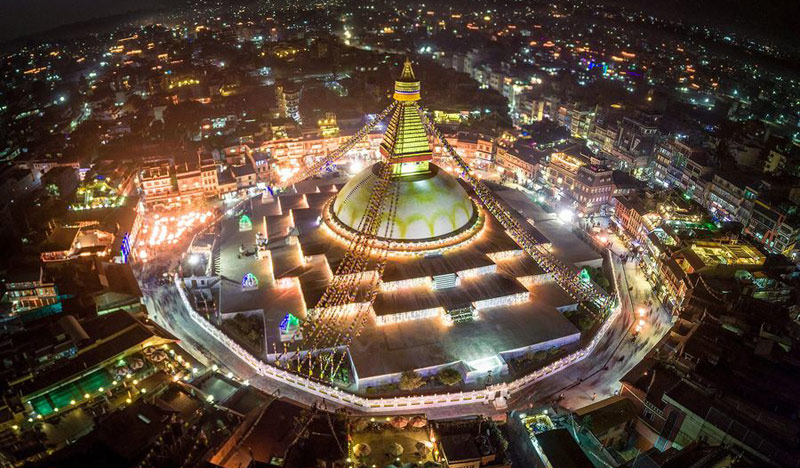 Boudhanath Stupa Night View
Boudhanath Stupa Night ViewLegend:
There are various legends behind the construction of the Buddhist Mythology. "The village that surrounds the great Kasyapa tower is generally known by the name of Budha, which in Tibetan is called "Yambu chorten Chenpo". "Yambu" is the general name by which Kathmandu is known in Tibet and Chorten Chenpo" means great tower. The real name of the tower in full is. However, Ja Rung Kashol chorten Chenpo, which may be translated into " Have finished giving the order to proceed with". The tower has an interesting history of its own which explains this strange name. It is said in this history that Kasyapa was a Buddha that lived a long time before Shakyamuni Buddha. After Kasyaa Buddha's demise, an old woman with her four sons, interred this great sage's remains at the spot over which the great structure now stands. Before starting on the work of construction. She petitioned the King of the time. The king agreed and offered her as much land as she could cover with the skin of a water buffalo. The witty woman proceeded to cut a buffalo hide into thin strips and places them end to end to from a huge circumference and obtained permission to " proceed with" building a tower. By the time, the ground work of the structure had been finished, those who saw it were astonished at the greatness of the scale on which it was undertaken. Especially was this the case with the high officials of the country, who all said that if such a poor old dame were allwed to complete building such a stupensous tower, they themselves would have dedicated a temple as great as a mountain. So they decided to as the King to stop the further progress of the work. When the king was approached on the matter the king replied. "I have already given the order to the woman to proceed with the work, Kings must not take back their words and I cannot undo my orders now "So the tower was allowed to be finished and hence its unique name. "Ja Rung Kashol chorten Chenpo" The Gopalaraja Vamsavali says bouddhanth was founded by the Nepalese Licchavi King Shivadeva tough other Nepalese chronicles date it to the reign of King Manadeva. Tibetan sources claim a mound on the site was excavated in the late 15th or early 16th century and the bones of King Amshuverma were discovered there. In and around boudhanth Stupa, there are many monasteries or Gompa. They are all impressively adorned and colorfully painted. Anyone can visit the monasteries and take visuals. Shechen Monastery is located in the alleys near the stupa. It is a very spacious and beautiful monastery founded by the late Dilgo Khyentse Rinpoche. Another monastery, Khawalung Monastery is a beautiful Tibetan monastery near Boudhanath stupa. It ws inaugurated by Trulshik Rinpoche and Shechen Rabjam Rinpoche in October 2005. The monastery has an elementary and a training school. Monks from various remote regions of Nepal and Tibet reside in the monastery. Various exquisite Tibetan Buddhist wall paintings can be seen inside the monastery. Lhosar, the Tibetan new year festival, is the most popular festival celebrated at Boudhanth Stupa. Lhosar festival begins with prayers and worship. Thousand of Tibetans dress in traditional attire and dance after expressing reverence for Lord Buddha. Number of Tibetans come from Laddakh, Sikkim, Bhutan to take part in this festival. The culture in the area remains very much Himalayan with a strong presence of Tibetans and Sherpas, and this can be evidenced by the number of restaurants selling various Tibetan delicacies like momos and thukpa among others. While traveling in the area, maroon clad Tibetan Buddhist monks and nuns that indicates you are getting close can be sighted quite ofter. Boudhanath remains a fascinating area with many Buddhist temples and strange characters. Major Attraction around Boudhnah Stupa
# Different Monasteries like Shechen, Fulhari, Nunarry, Sherpa monastery, White monastery etc and more.
# Morning and evening prayer with nits 108 prayer wheels & KORA.
# Chanting & Debet with Tibetan Monk.
# Shopping around Stupa Major Festival Celebration:
# TIBETAN FESTIVAL - Lhosar which being held at Boudha area on JAN - FEB each year. (As per Tibetan Calender)
# SAGA DAWA Festival - Candle light festival being held on JUL - AUG.
# DASAI (Especially Nepali) Oct month. Hotel Accommodation around Boudhnah Stupa
Boudha area offer full of facilities of hotel accommodation for tourist from basic to World class standard. Access Boudhnah Stupa
There are several Taxi & local buses service available for to go Boudha. Private vehicle also can be hire as reserve basis. UNESCO WORLD HERITAGE SITE
BOUDHANATH STUPA TOUR
Half Day Sightseeing - BOUDHANA Only (By Car + Guide - Rs 4000/-) Max 4Hrs. FULL DAY BOUDHANATH TOUR PROGRAM:
Full Day Sightseeing - BOUDHANATH & Bhaktapur Durbar Square (By Car + Guide - Rs 7000/-) 6 Hrs.) TOUR COST INCLUDES THE FOLLOWING:
Sightseeing Tour Half Day or Full Day | Local Guide | Private Vehicle Contact Us for More information & Price Cost Details:
Em@il: holidaynepal@gmail.com | Hotline: +977 9841 911150 | WhatsApp OR Viber: 9816 770504
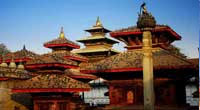
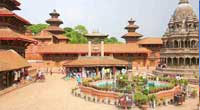
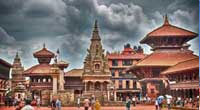
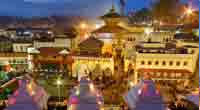
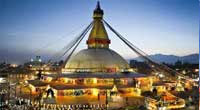
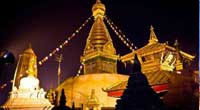
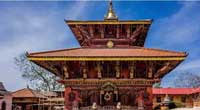
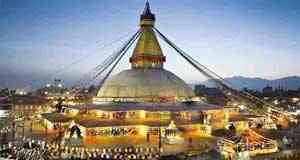 # Duration - 7N/8D Package
# Duration - 7N/8D Package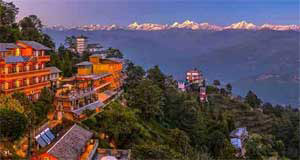 # Duration - 3N/4D Package
# Duration - 3N/4D Package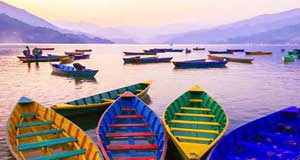 # Duration - 5N/6D Package
# Duration - 5N/6D Package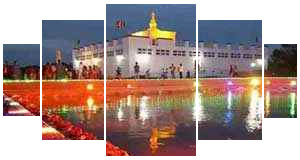 # Duration - 5N/6D Package
# Duration - 5N/6D Package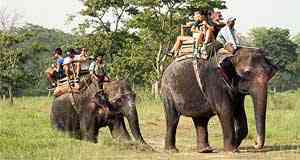 # Duration - 5N/6D Package
# Duration - 5N/6D Package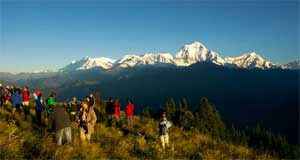 # Duration - 8N/9D Package
# Duration - 8N/9D Package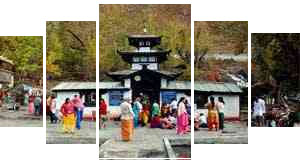 # Duration - 6N/7D Package
# Duration - 6N/7D Package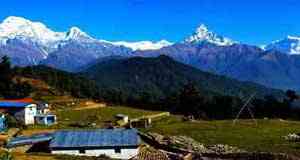 # Duration - 9N/10D Package
# Duration - 9N/10D Package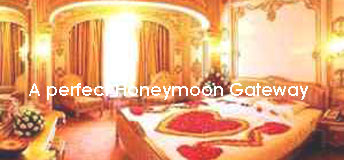 # Duration - 8N/9D Package
# Duration - 8N/9D Package









